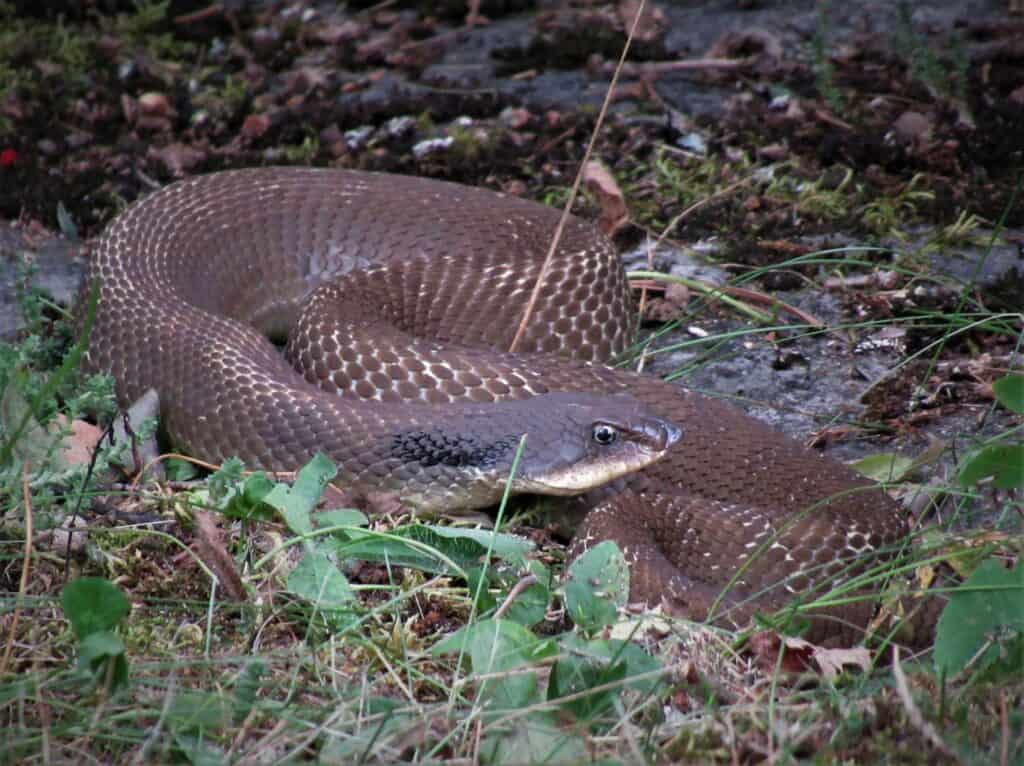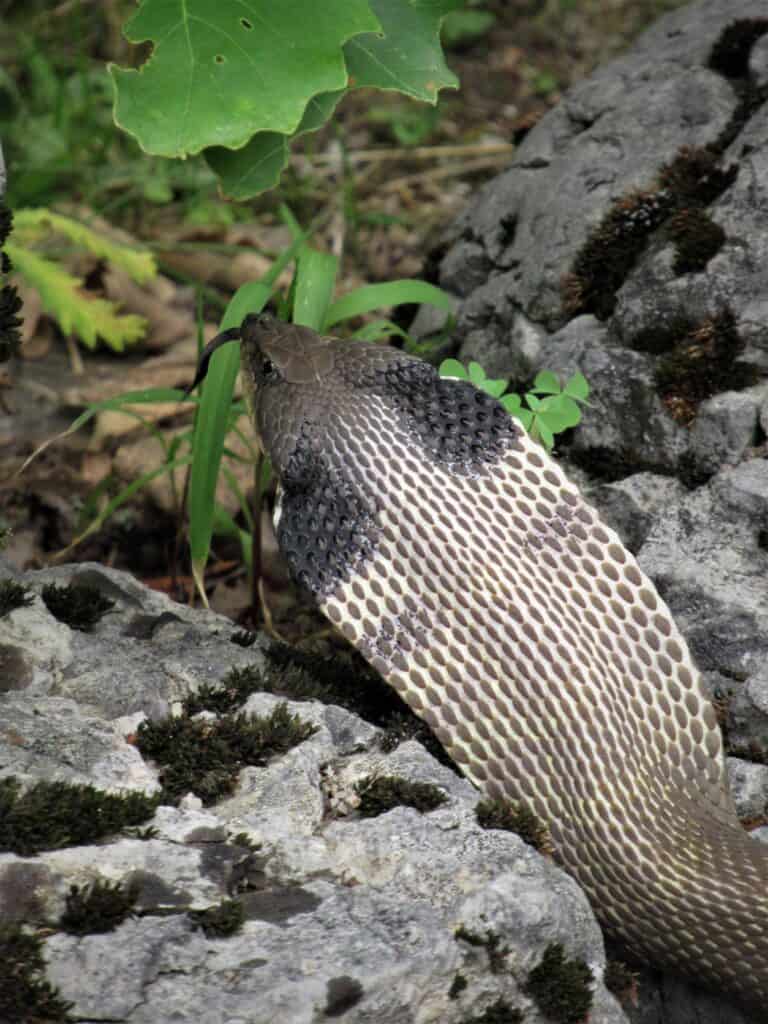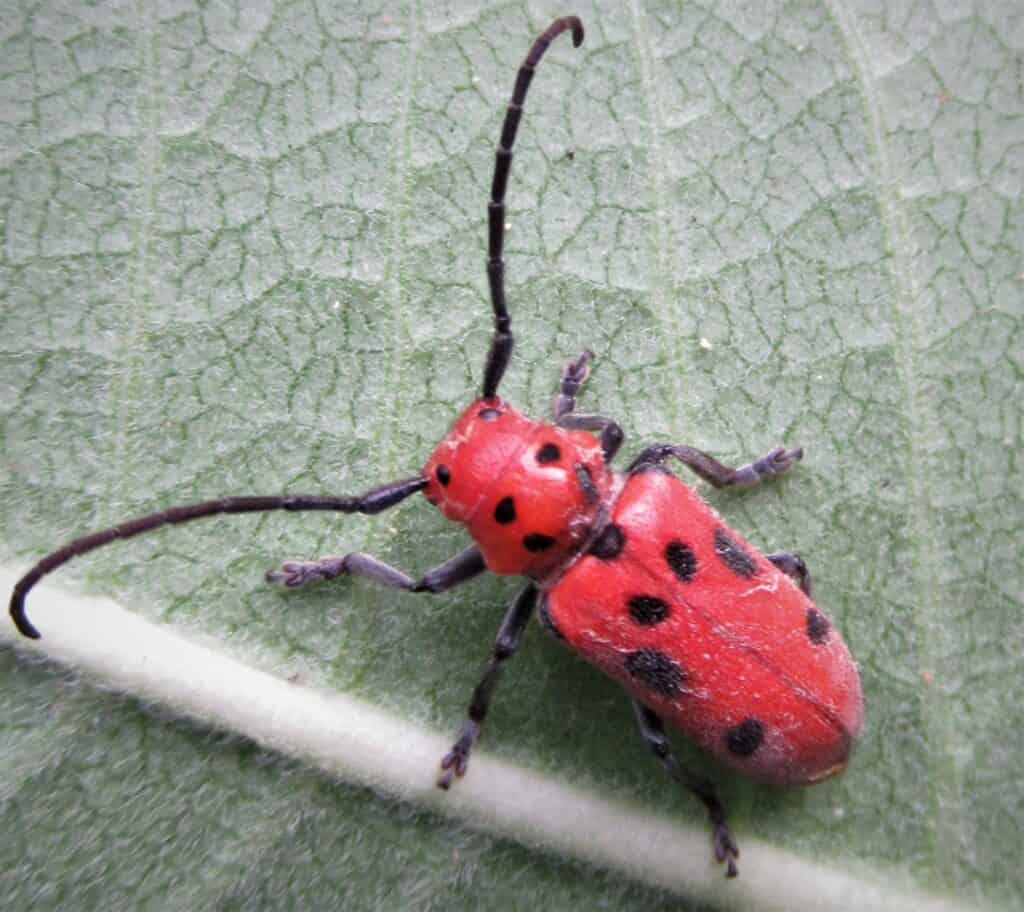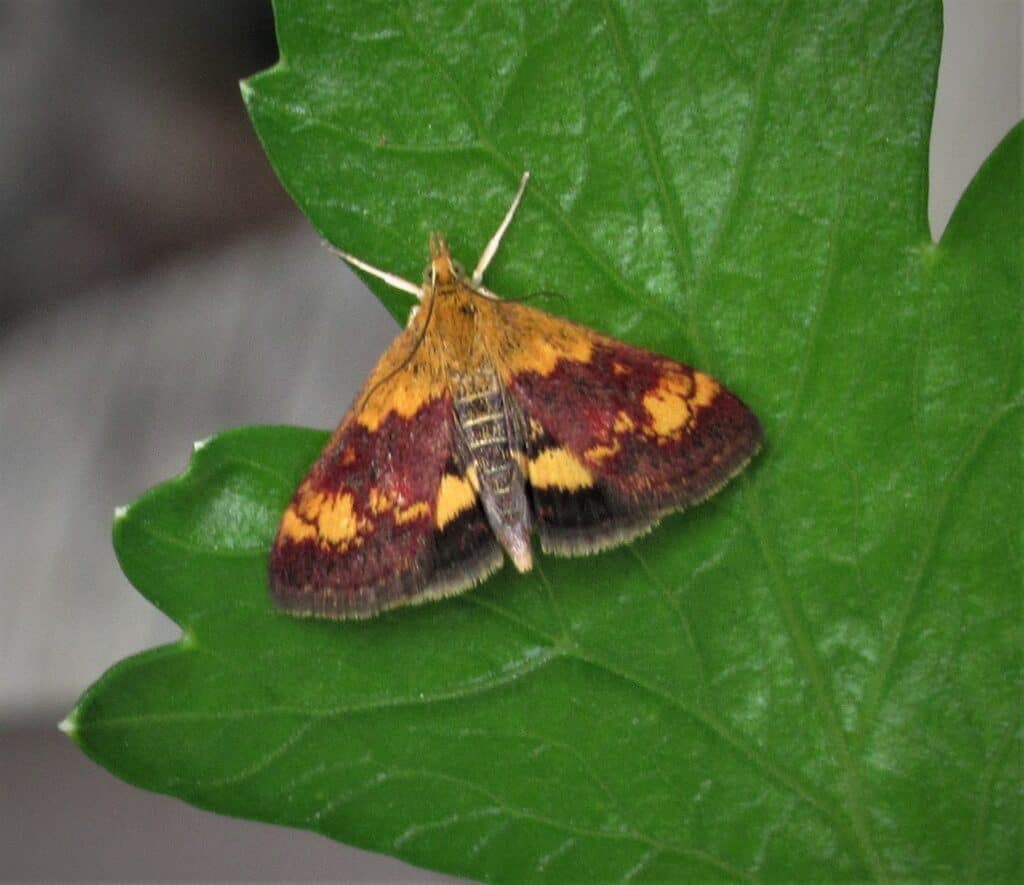I discovered this account about foxes with mange in the Beeton/Innisfil area of Ontario. It was written by someone who works at an animal rehab center called Procyon Wildlife. The centre has seen many cases of mange in foxes in 2021. I have provided the link below for your information.
https://www.procyonwildlife.com/2022/01/24/incredible-lives-of-foxes/
I also contacted the Kawartha Wildlife Centre. Thom Luloff of KWC told me “we are getting more inquiries about foxes with mange than usual for this time of year that we pass on to our partners. It also appears that we have more rabbits than ever before in our area—a possible result of fewer foxes. Our rabbit calls are through the roof! Foxes are one of the few mammals that have tested positive for Avian Influenza, so combining that susceptibility and higher seeming transmission of mange and other diseases, foxes may be having a rough go.”
I still haven’t seen any foxes in our neck of the woods in Lakefield. So sad. But lots of Eastern Cottontails! Richard Nunes, Lakefield
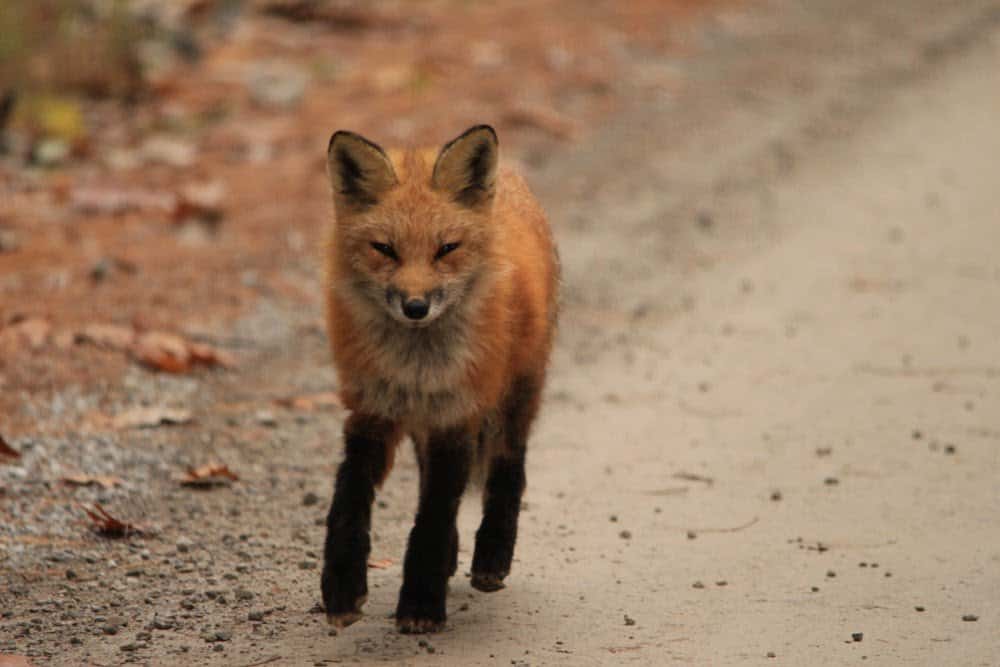
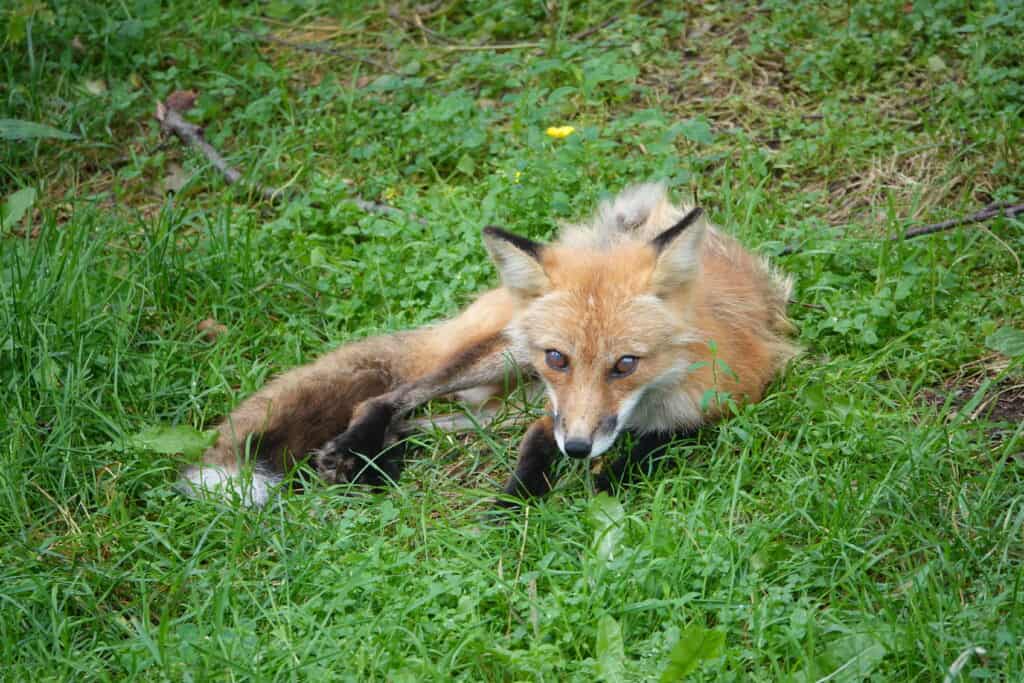
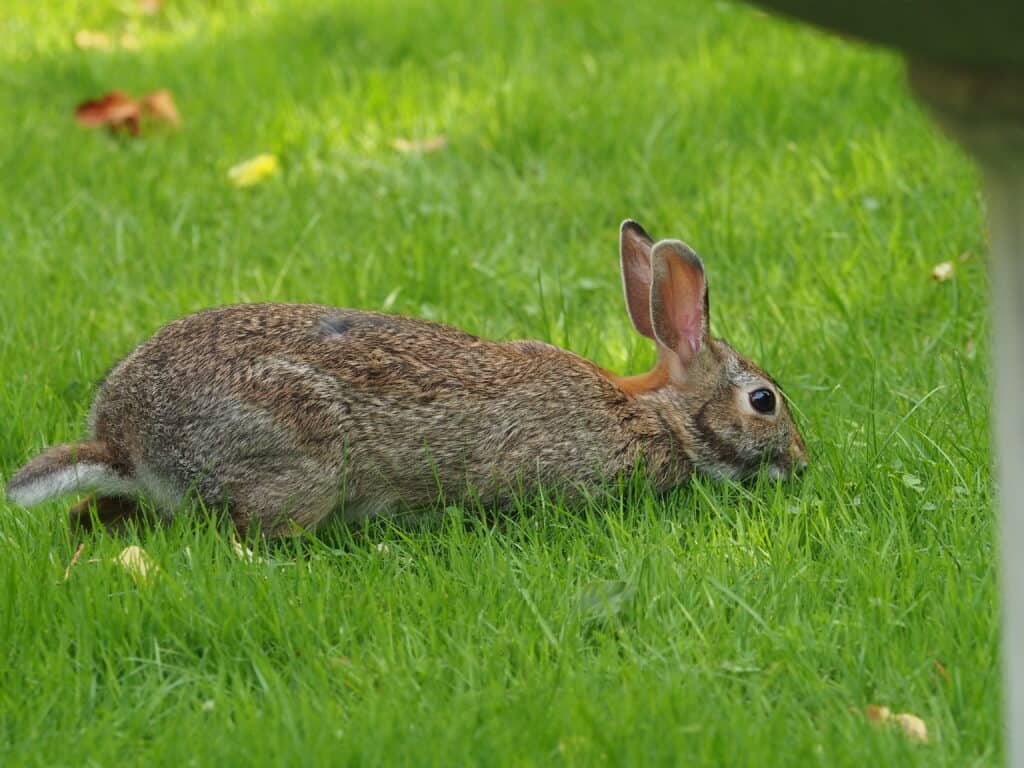
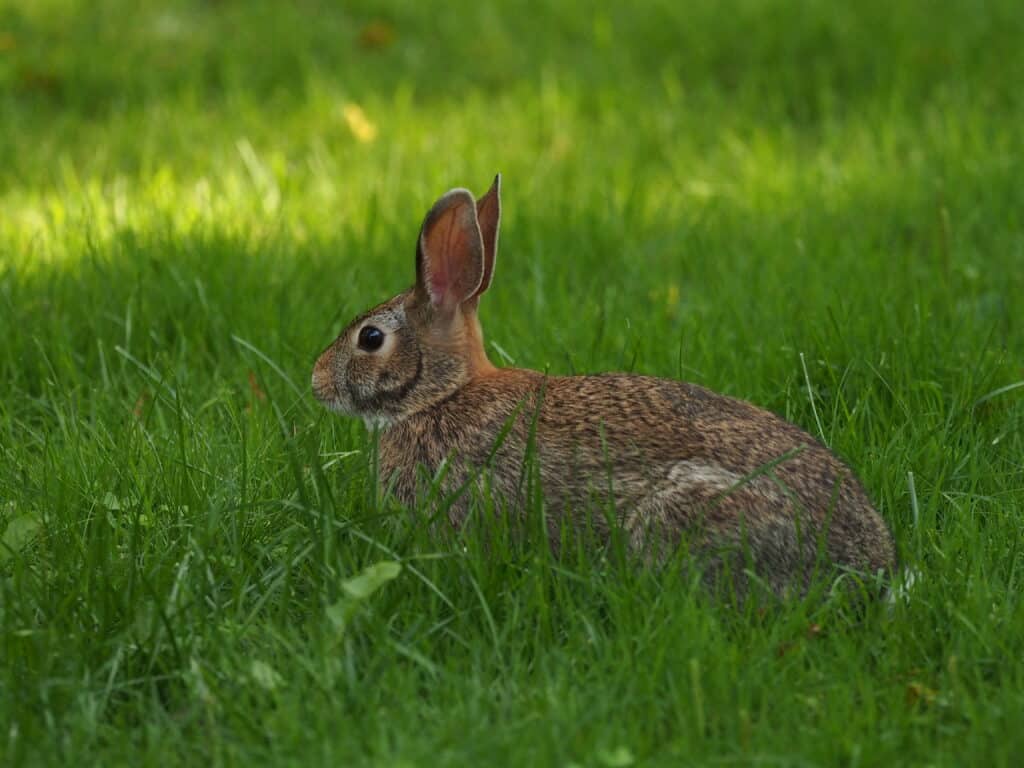
Thought I would let you know there was a flock of 50+ Common Nighthawks feeding over our farm near Omemee last night (August 20) at around 6:30 pm. It was wonderful to see them swooping around. It gave the pigeons and morning doves quite a scare! You could tell there were a lot of immatures as they were smaller and there white wing strip was duller. Scott Sargent
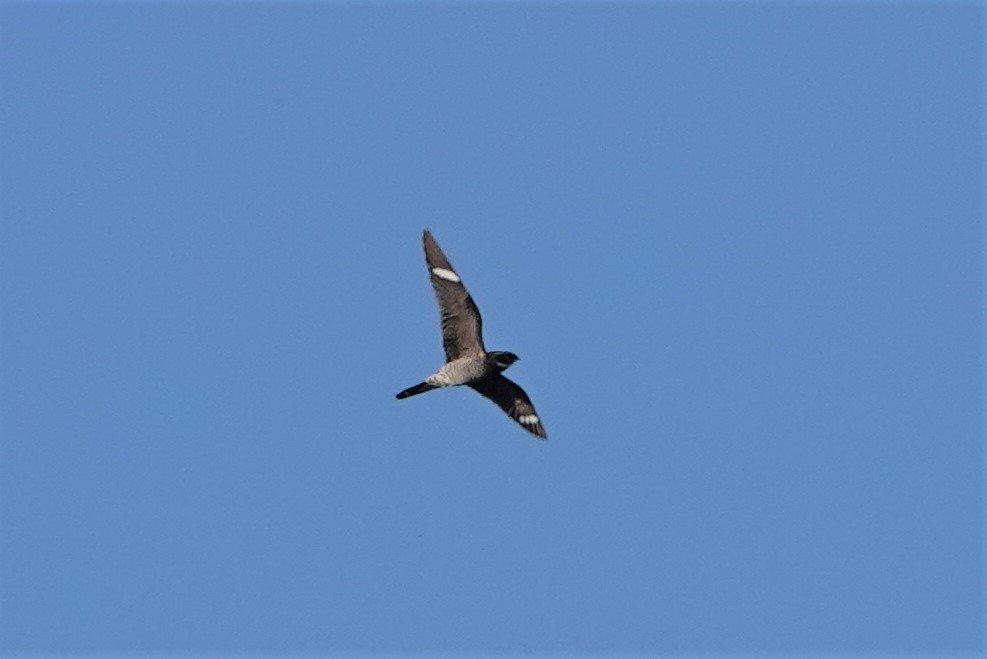
On June 16 we think a Snapping Turtle came up onto the turning circle and laid eggs. We didn’t see the event but we still covered the hole in hopes of a nest and this time we were determined the nest wouldn’t be raided as you can see from my photo. Also in the photo, the cement slab is covering a Painted Turtle nest. We saw her lay the eggs on May 21. I’ll let you know if we have any luck with the snapper nest.
On August 7, I photographed 2 female Ruby-throated Hummingbirds, mom and offspring, on one of our feeders. I’ve never seen this before and am very pleased with the photo. The family of four have been feeding throughout the day with the alpha male chasing off any that it sees on a feeder. It has always puzzled me why the male chases off his family which one would assume he would want to survive and thrive. But at least the females will have no competition soon as the two males will leave before the end of August, probably a couple of weeks before the females depart. Stephenie Armstrong, Warsaw

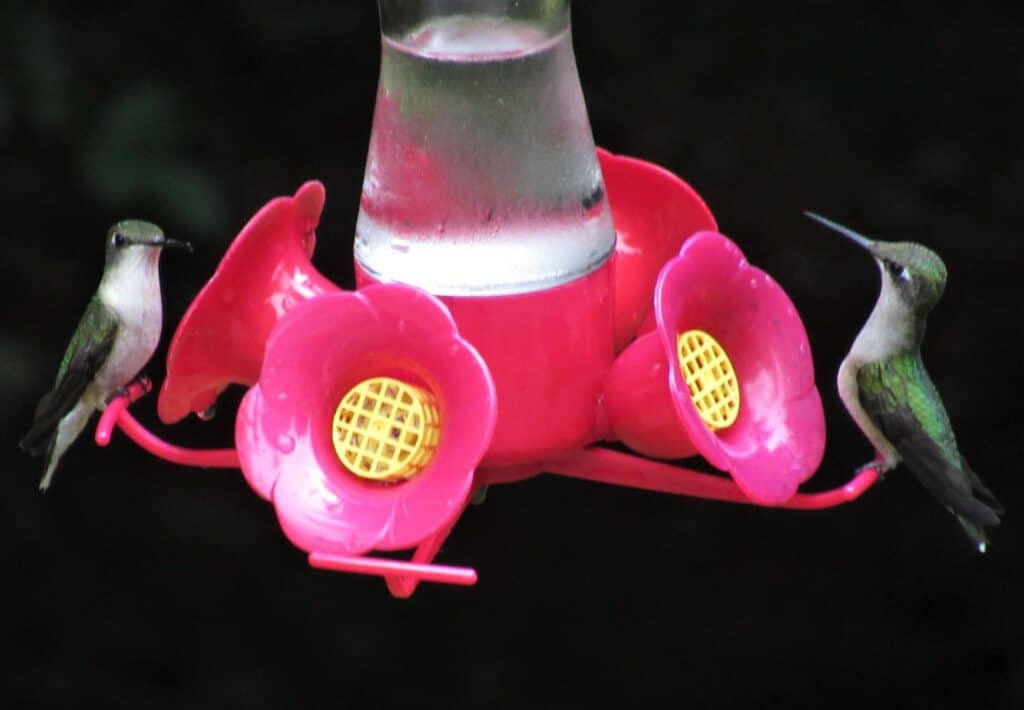
On August 6, a friend of mine called me to say he had seen a loosely gathered flock of maybe 15 to 20 Great Egrets in the wild rice bed on Rice Lake so my wife and I went out yesterday evening to have a look. We only saw 2 birds and they seemed to be quite skittish. But while I was circling the rice bed we saw an American Bittern, 2 adult Trumpeter Swans with 4 cygnets, an Osprey dive bombing an immature Bald Eagle and the usual assortment of waterfowl. Joe Taylor, Rice Lake
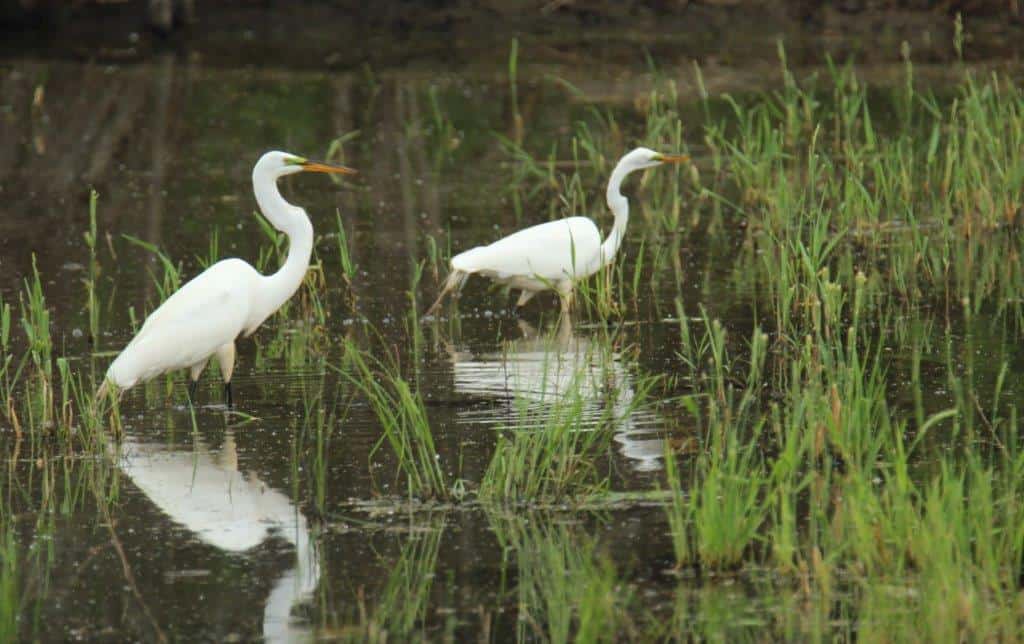
Today (August 4) an Eastern Hognose Snake, about 80 cm long, was moving across our turning circle and I was able to take some good photos. The snake’s colour patterns can be very variable but this one was quite simple and very attractive without any dark blotches. When we got a bit too close it must have felt threatened as the snake inflated its neck to its cobra-like hood. Never having seen one, we checked whether the snake was poisonous and we’re glad to discover it was quite harmless. Apparently some folk sometimes assume the snake is poisonous and kill it. I understand the snake is a threatened species. And yesterday I photographed a Milkweed Beetle on one of the few Common Milkweed plants we still have this year. They seem to have somewhat disappeared this year. Then on July 31, I took this photo of a Mint Moth, a tiny day-time flying moth pictured on a parsley leaf. Stephenie Armstrong, Warsaw
